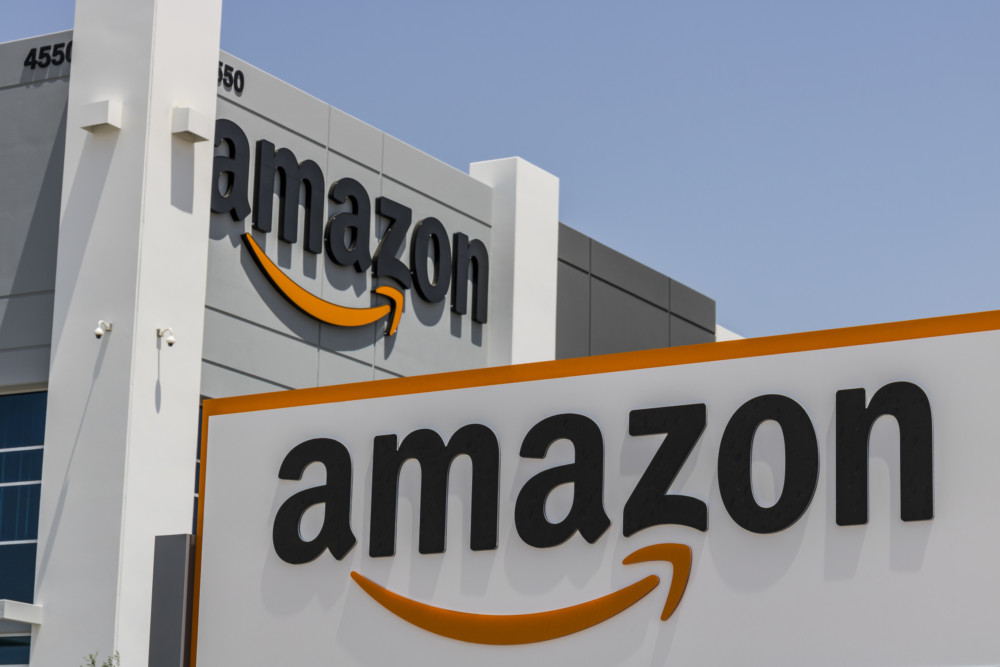By Jon O’Connell
The Times-Tribune, Scranton, Pa.
WWR Article Summary (tl;dr) As Jon O’Connell reports, “For an initial investment of about $10,000, small-business owners can claim their own slice of Amazon’s logistics prowess, own their own business and see net profits up to $300,000 annually.”
Scranton
A chain is only as strong as its weakest link, even if it’s the last one.
That’s why Amazon in 2018 took a big step toward controlling last-mile delivery, the most expensive, complex part of its supply chain that carries packages for that final step to your front door.
The e-commerce king’s first Delivery Service Partner, or DSP, in Northeast Pennsylvania only recently started delivering goods from its Hazleton delivery station, also the first in the region, which opened in September.
Amazon fulfillment and sort centers send packages to delivery stations where carriers pick them up for the so-called last mile.
Historically, Amazon relied on long-established carriers such as the U.S. Postal Service and FedEx to get goods across the finish line.
But a year and a half ago, the company unveiled its plan to raise up an army of subcontractors who manage fleets of branded indigo-colored delivery vans.
Since it began, Amazon has helped start more than 800 DSP companies across the country, the company announced in December. Together they employ about 75,000 drivers.
Amazon provides its DSPs with a host of resources, including training and technology systems. DSP owners get uniforms, access to vehicles and insurance — basically, they’re franchisees.
The model almost sounds too good to be true.
For an initial investment of about $10,000, small-business owners can claim their own slice of Amazon’s logistics prowess, own their own business and see net profits up to $300,000 annually.
It works for Amazon, because the company gets to shift the risk of the highly volatile last-mile business onto subcontractors.
That might be a tougher sell in Northeast Pennsylvania, which is predominantly rural, and where a tricky business gets even more complicated with tighter margins.
“Last-mile delivery is good in big cities where you have density,” said Hamza Adeinat, Ph.D., assistant professor of operations and information management at the University of Scranton.
Carriers have greater stability in populous areas where demand is predictable, he said.
The only DSP in the area operates out of Hazleton with about two dozen vans, according to Dustin Makara, a driver from Ringtown in Schuylkill County who was delivering packages on Linden Street in Scranton last week.
An Amazon spokeswoman said more are coming online to serve the local metro soon. The company still seeks more entrepreneurs to start their own DSPs.
When DSPs rolled out, Amazon officials explained they would support growing consumer demand and complement existing agreements with third-party carriers.
“Customer demand is higher than ever and we have a need to build more capacity,” Dave Clark, senior vice president of worldwide operations, said at the time.
Online retail’s boom, not just by Amazon, undoubtedly gave the U.S. Postal Service a new lease on life. It had been dancing with insolvency about 10 years ago as the internet replaced snail mail with email.
Parcel delivery helped build a significant new revenue stream for the Postal Service. From 2010 to 2018, the Postal Service doubled its package volume from 3.1 billion parcels to 6.2 billion.
So another major player, with a preferential link to one of the world’s biggest e-commerce and logistics companies, could potentially upset the order of things and put the Postal Service at risk.
Spokeswoman Susan Wright said the Postal Service doesn’t discuss the particulars of its business relationships, but seemed unfazed by the prospect that another carrier in the mix raises any risk to the institution.
“The Postal Service is well positioned to quickly adapt our offerings and leverage our unrivaled network to continue to compete effectively for all shipping business to benefit shippers, retailers and consumers,” she said in an email.
The DSP program will undoubtedly effect other carriers, Adeinat said, though he doesn’t think it poses any substantial threat, he said.
More drivers means consumers will receive their orders faster and more predictably, and that Amazon gets thousands of dedicated drivers without assuming all the risk and responsibility of managing them, which makes sense in the logistics industry.
“I don’t think it’s a good thing to own the supply chain from the start to the end,” he said. “It’s good to outsource so you can focus on what you’re good at.”
___
Distributed by Tribune Content Agency, LLC.














































































































































































































































































































































































